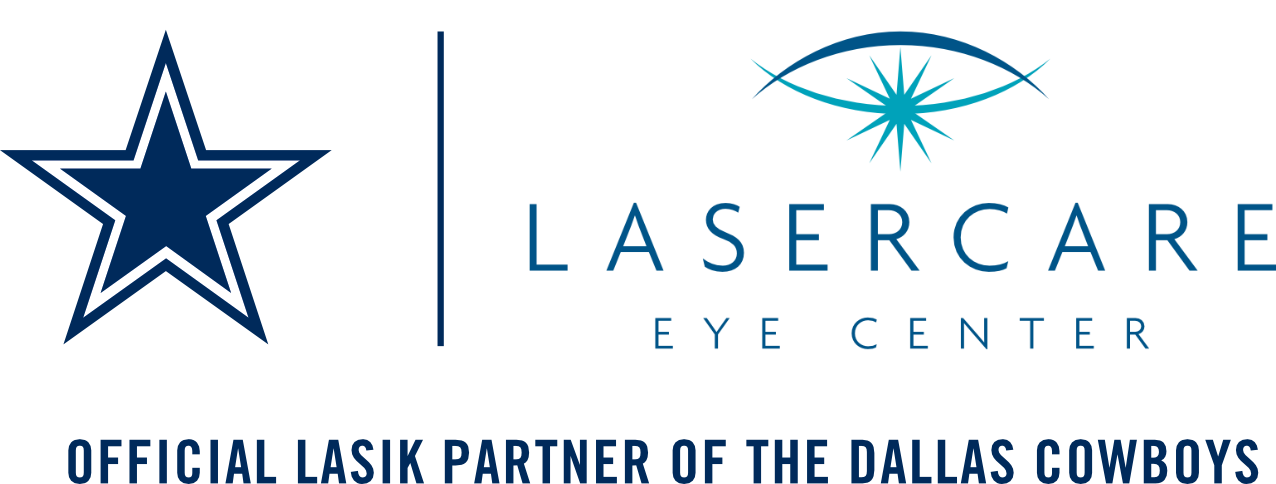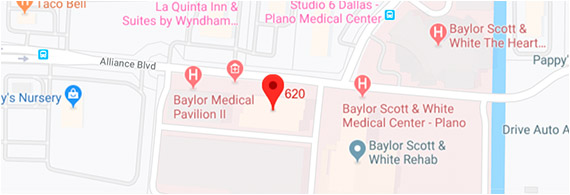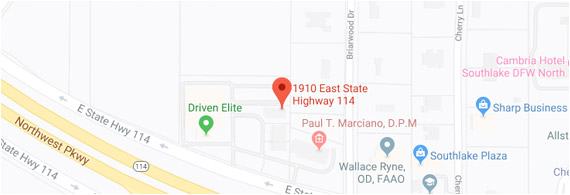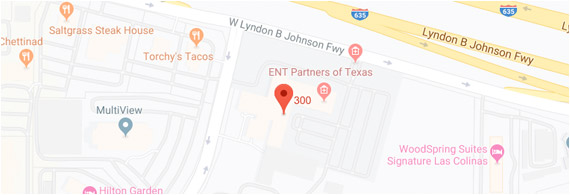Allergic Conjunctivitis
Allergic Conjunctivitis causes misery for many of us. Fall is upon us. This means Ragweed and other allergic pollen are at high levels in the air in the Dallas-Fort Worth metroplex.
Allergic Conjunctivitis symptoms
Besides misery, the symptoms for Allergic Conjunctivitis include redness of the eyes, intense itching and tearing. They may also include puffiness or swelling of the eyelids and ballooning of the white tissue of the eye. The majority of patients will also have an itchy nose, scratchy throat, and post-nasal drip.
Treatment Options for Allergic Conjunctivitis
First, be sure to visit your Ophthalmologist to make sure the cause of your misery is Allergic conjunctivitis. They have the equipment to rule out other causes such as viral and bacterial infections. Most patients will be prescribed a prescription Allergy (anti-histamine) eyedrop. Newer prescription drops only need to be used once a day (as opposed to 3-4 times a day for most over the counter Allergy eyedrops). Anti-histamines by mouth will help systemic symptoms but may only partially help eye symptoms.
Simple Measures
Avoid being outside when the pollen is high. Be sure to wash your hair regularly and especially if you have been outside for an extended period of time. If you have Dry Eye Syndrome, use Artificial tears to lubricate your eyes. This helps wash away pollen particles that may build up in your eye. Avoid eyedrops that say “gets the red out” as they can actually make blood vessels in the eye large and more noticeable.
 Sidney Gicheru, M.D. is a Board Certified Ophthalmologist and LASIK surgeon at LaserCare Eye Center (for more information go to dfweyes.com In addition to LASIK, he performs Refractive Cataract surgery (ReSTOR, Crystalens, and Toric lens implants). For more information call 214-328-0444 or 817.481.2727. This article Allergic Conjunctivitis was written by Sidney Gicheru, M.D.
Sidney Gicheru, M.D. is a Board Certified Ophthalmologist and LASIK surgeon at LaserCare Eye Center (for more information go to dfweyes.com In addition to LASIK, he performs Refractive Cataract surgery (ReSTOR, Crystalens, and Toric lens implants). For more information call 214-328-0444 or 817.481.2727. This article Allergic Conjunctivitis was written by Sidney Gicheru, M.D.






